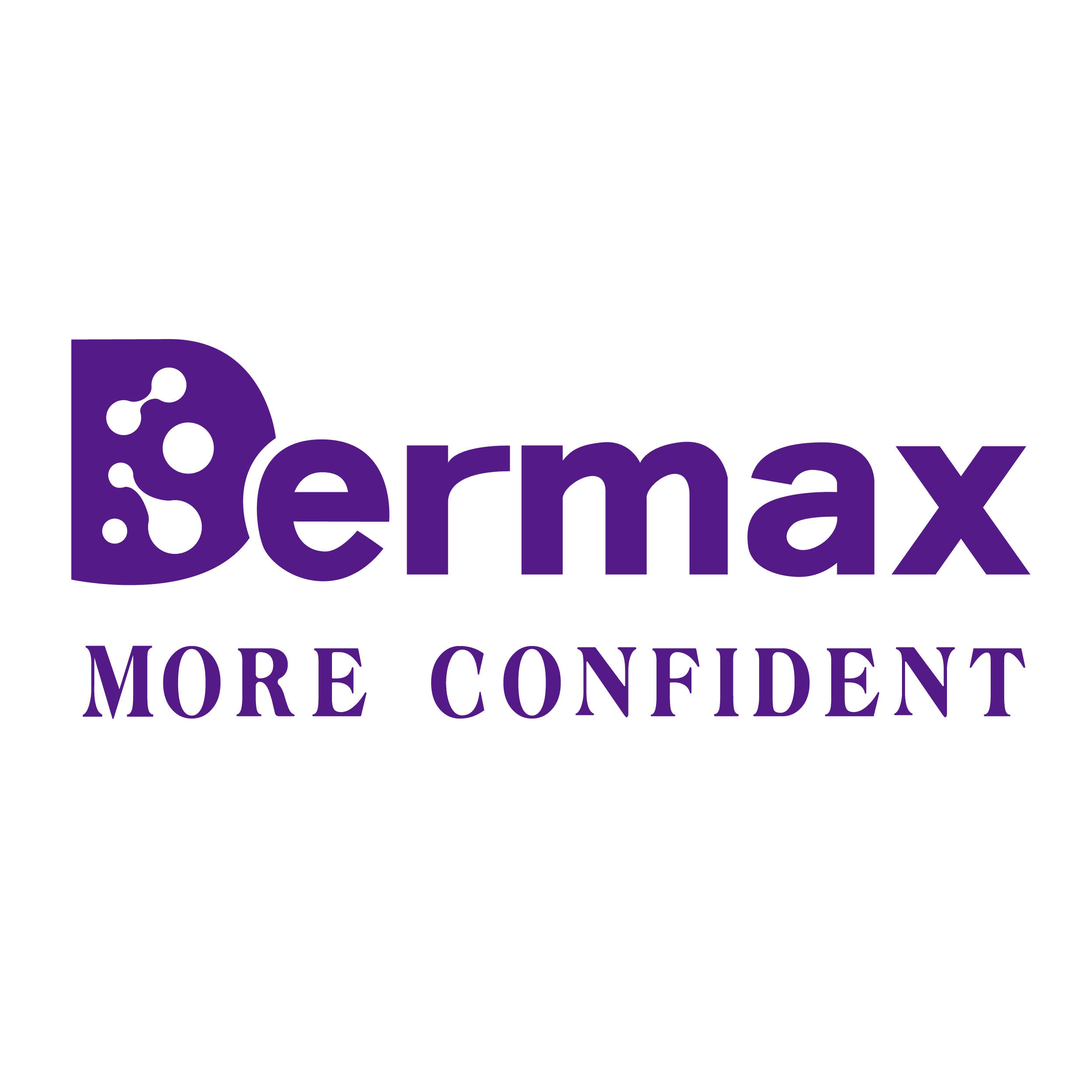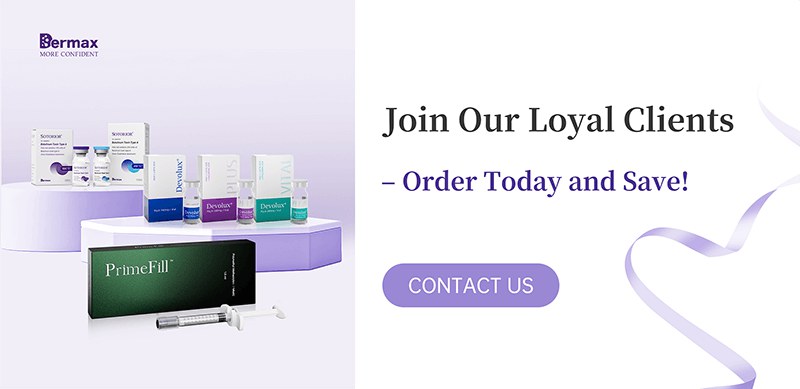What are you looking for?
Search
Is PLLA a Skin Booster or a Collagen Stimulator?
Poly-L-lactic acid (PLLA) has gained growing attention in aesthetic medicine for its ability to rejuvenate aging skin and restore lost volume. But one common question often arises: Is PLLA a skin booster? The answer is nuanced and requires understanding how PLLA product differs from traditional skin boosters in both mechanism and outcomes.

What Defines a Skin Booster?
In aesthetic dermatology, a skin booster generally refers to an injectable treatment designed to improve skin hydration, elasticity, and radiance. Most skin boosters are based on hyaluronic acid (HA), a molecule naturally present in the skin that attracts and retains moisture.
Unlike dermal fillers, which restore volume, HA-based boosters are injected superficially into the dermis to enhance skin texture and glow without altering facial contours. Clinical literature, such as reports in Dermatologic Therapy (2019), describes skin boosters as treatments aimed at increasing dermal hydration and stimulating mild collagen remodeling over short to medium durations.
In short, a true skin booster provides immediate hydration and subtle rejuvenation effects that typically last several months.
How PLLA Works in the Skin
PLLA, also referred to in clinical practice as a PLLA filler, functions through a different biological pathway. It is a biodegradable, biocompatible polymer that acts as a collagen stimulator rather than a hydrating agent.
After injection, PLLA particles trigger a controlled inflammatory response, recruiting fibroblasts to produce new type I and III collagen. This process unfolds gradually over weeks to months, resulting in thicker, firmer skin and improved structural support.
Clinical data support this mechanism. A study published in Aesthetic Surgery Journal (2020) found that PLLA significantly increased dermal collagen deposition 6 to 12 weeks post-treatment, with effects lasting up to two years. Unlike HA skin boosters, PLLA does not provide instant hydration—its results appear progressively as collagen builds up.
Therefore, PLLA is not classified as a skin booster, but rather as a collagen biostimulator with longer-lasting regenerative benefits.
Clinical Evidence: PLLA vs Traditional Skin Boosters
Comparative studies highlight the distinct advantages and limitations of both approaches. HA-based boosters, as shown in J Cosmet Laser Ther (2019), improve skin hydration and elasticity within days but require repeated sessions to maintain results.
In contrast, PLLA dermal filler injections produce more structural regeneration—thickening the dermis, restoring volume, and improving skin firmness. One clinical evaluation (Clin Cosmet Investig Dermatol, 2020) reported sustained dermal improvement six months after PLLA treatment, even after the particles had biodegraded.
In summary:
HA boosters: Immediate hydration, short duration, minimal downtime.
PLLA: Gradual collagen stimulation, long-term structural enhancement, delayed results.
Both serve rejuvenation purposes, but through different mechanisms and timelines.
Can PLLA Be Used Like a Skin Booster?
Interestingly, some practitioners have adapted PLLA into protocols that mimic skin-boosting effects. By using diluted PLLA suspensions—sometimes referred to as "PLLA skin boosting" or "PLLA revitalization"—clinicians target fine wrinkles, crepey texture, and overall skin laxity on areas such as the face, neck, or hands.
Studies and clinical reports suggest that low-concentration PLLA can improve skin tone and elasticity without significant volumizing. However, this off-label approach requires precise dilution ratios and superficial injection techniques to minimize the risk of nodules or uneven collagen deposition.
Thus, while PLLA can be used like a skin booster in certain contexts, its mechanism and classification remain distinct.
Conclusion: PLLA Is Not a Skin Booster — But It Boosts the Skin
From a scientific standpoint, PLLA is not a skin booster in the conventional sense. It lacks the immediate hydrating action of HA-based boosters and works through delayed collagen synthesis. However, its long-term skin-firming and textural improvement effects indeed "boost" the skin’s quality from within.
For patients seeking deep, lasting rejuvenation, PLLA offers a collagen-stimulating alternative that complements traditional boosters. For physicians, understanding these differences allows for more personalized and effective treatment plans that balance instant glow with structural renewal. Consult a certified professional to explore how PLLA treatments can benefit your skin today.



 https://www.facebook.com/profile.php?id=61560092512129
https://www.facebook.com/profile.php?id=61560092512129